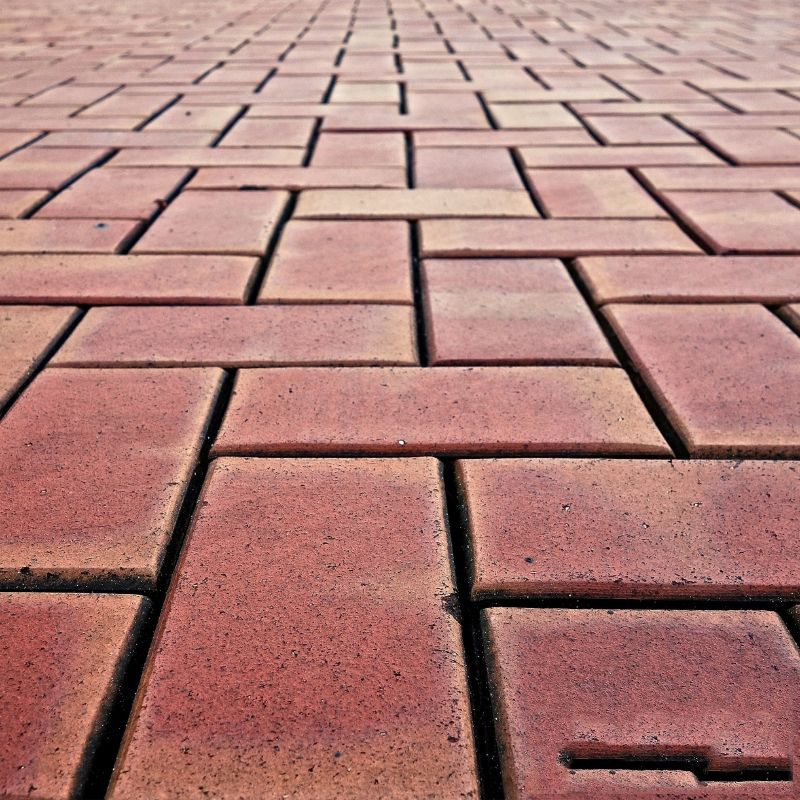Choosing the right paving material can make or break your landscape design. In high-traffic outdoor areas, functionality is just as important as appearance. That’s where red brick paving stones shine — they combine classic charm with long-lasting durability. Whether you’re updating a garden path or resurfacing a courtyard, these bricks offer a practical solution with real visual punch.
Homeowners across Sydney often struggle to balance style, cost, and maintenance when selecting pavers. But red brick, with its earthy tone and natural slip resistance, offers a refreshing alternative to concrete and synthetic options. This blog breaks down the common pitfalls with modern pavers and explains why red brick continues to be a go-to choice for lasting landscape value.
What common problems do homeowners face with modern paving materials?
Modern pavers often promise the world — sleek finishes, bold colours, fast installation. But in reality, they come with their fair share of headaches.
- Cracking is common in poured concrete slabs, especially in driveways.
- UV exposure causes fading in synthetic pavers, leading to patchy surfaces.
- Some materials become dangerously slippery when wet, posing safety risks.
- Repairs can be fiddly, and matching the original colour or texture is near impossible.
- Many modern pavers lack the natural drainage ability required for healthy soil underneath.
Over time, these issues lead to frequent maintenance, higher costs, and a lot of wasted Saturdays on patch-ups. While flashy trends come and go, traditional materials like red brick remain reliable for a reason.
Why do some paving stones deteriorate faster than others?
Paver durability comes down to what they’re made of — and how they’re made.
- Cheap concrete mixes absorb moisture, leading to early erosion.
- Thin tiles or decorative overlays can crack under pressure or shifting ground.
- Mass-produced stones often skimp on sealing agents, reducing weather resistance.
- Inconsistent curing processes result in brittle or flaky surfaces.
- Stones without proper edge support begin to sink or drift after installation.
In contrast, kiln-fired clay bricks resist cracking, handle heavy loads, and maintain their form for decades. That’s a key reason to understand where to use red brick pavers when planning long-term landscaping projects.
Can red brick paving stones handle Sydney’s changing weather?
Sydney’s climate swings from humid summers to chilly winters, making material flexibility crucial. Fortunately, red brick handles it like a pro.
- Fired clay is naturally porous, allowing slow drainage without pooling.
- Bricks expand and contract subtly, reducing surface splitting.
- Their earthy tone hides dust and minor marks, ideal for outdoor areas with foliage.
- Moss or lichen growth is manageable due to the brick’s textured finish.
- They stay cooler underfoot in summer, compared to dense concrete.
This kind of performance gives Red Brick a serious leg up, especially when compared to trend-based products that fade or buckle under Sydney’s seasonal pressure.
How do red brick paving stones enhance curb appeal?
Looks aren’t everything, but they sure count when you’re investing in exterior upgrades. Brick has stood the test of time for good reason.
- Its warm tone complements Australian greenery and native plants.
- Patterns like herringbone or basket weave allow creative layouts.
- Brick instantly adds a heritage-style elegance to new builds or renovations.
- Weathering adds charm, not age — unlike concrete, which often dulls with wear.
- It suits both formal paths and relaxed garden nooks.
Whether you’re reviewing red stone paving options or deciding how to make a property feel more grounded, brick often leads the pack for timeless appeal.
Are red brick pavers a cost-effective long-term choice?
Initial pricing may not always be the lowest, but Red Brick punches above its weight over time.
| Factor | Red Brick | Concrete | Synthetic Stone |
| Upfront Cost | Medium | Low | Medium |
| Lifespan | 50+ years | 10–20 years | 5–15 years |
| Maintenance | Low | Medium–High | High |
| Repair Ease | Easy | Difficult | Complicated |
| Curb Appeal | High | Medium | Medium |
- Replacements are rare since bricks wear in, not out.
- Individual bricks can be lifted and swapped if damaged — no jackhammer needed.
- No chemical sealants are needed long-term, saving money on upkeep.
- Installation by hand allows more flexibility around existing landscaping.
Many homeowners find it’s less hassle and expense than trendy composites. There’s also peace of mind knowing the material is proven, not experimental.
What are the aesthetic benefits of traditional brick paving?
Beyond performance, brick simply looks better in certain spaces. There’s a tactile charm that’s hard to beat.
- It blends naturally with sandstone, timber, and corrugated metal — all iconic Aussie materials.
- Works well in structured garden beds and freeform designs alike.
- Variations in colour and shape add visual texture without noise.
- Brick paths offer a soft-edged contrast to steel fences or rendered walls.
- Lays flat but never feels flat — creating a subtle visual rhythm.
If you’re torn between modern and classic materials, it’s worth choosing timeless paving materials for your garden to keep your options open.
Final thoughts on using red brick paving stones in your landscape
Red brick isn’t just a throwback — it’s a smart, future-ready solution for Aussie homeowners who want something built to last. With fewer maintenance demands and standout visual appeal, it bridges the gap between function and flair.
If you’re weighing up design ideas or installation options, there’s always a helpful walkthrough from A1 Gardening & Landscaping Sydney to guide your next step.

